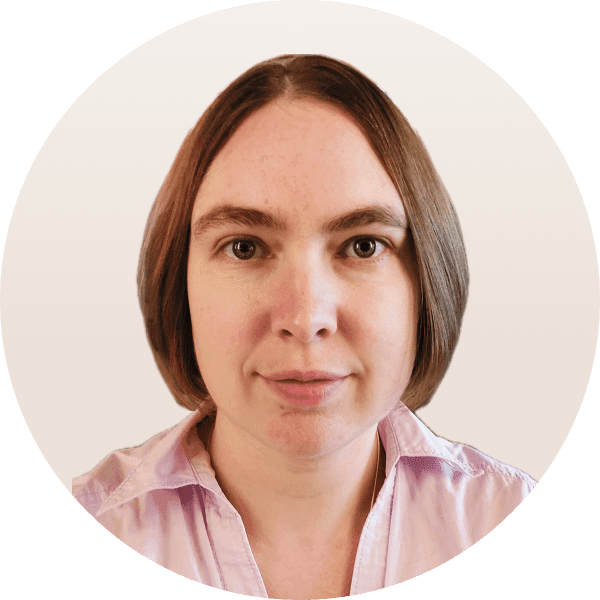The world of ecommerce is constantly changing. Leading online marketplaces offer eye-catching web design, advanced functionality, new products, and services. Still, some marketplace features will always stay relevant. They are at the core of any online marketplace functionality and serve as a basis for all other capabilities.
In the article, we discuss the key features to consider when you build a marketplace. You will know what features for the B2B marketplace or any other selling platform can attract new customers and help your business thrive. Time to dig deep.
1. Simple signup process
Offering an easy signup feature, you allow shoppers to manage their preferences and simplify the buying process. You can use several techniques to make the signup process frictionless and engaging. Here they are:
- Highlight the benefits of signup for better engagement, like discounts, gifts, accrued points, and free delivery;
- Create a vivid call-to-action (CTA) button with a clear signup prompt;
- Provide an option to sign up with social media accounts;
- Ask for minimum personal information, like email and password;
- Show progress if you offer multi-step signup for your product or service marketplace;
- Suggest completing profile information after signing up;
- Before completing the signup, highlight and ask for consent with the terms of service and privacy conditions.
This feature is essential and, thus, is part of marketplace MVP functionality. It helps your customers manage their profiles with product preferences, orders, discounts, inventory management, and more.
2. Convenient search and filters
As your marketplace offers different products, they should be visible and discoverable to your customers. Let’s see how you can achieve it in your ecommerce website design.
Search
People search for the desired products or services in different ways. For example, some shoppers type an accurate model number to find what they are looking for. It is the so-called exact search. Other buyers enter a product type for this purpose. In any case, you should allow potential buyers to find the required items quickly.
eBay, one of the leading ecommerce platforms, implemented Advanced Search functionality. This marketplace feature allows shoppers to find items based on multiple criteria, such as:
- Keyword or item number;
- Seller;
- Store;
- Category;
- Title and description;
- Price.
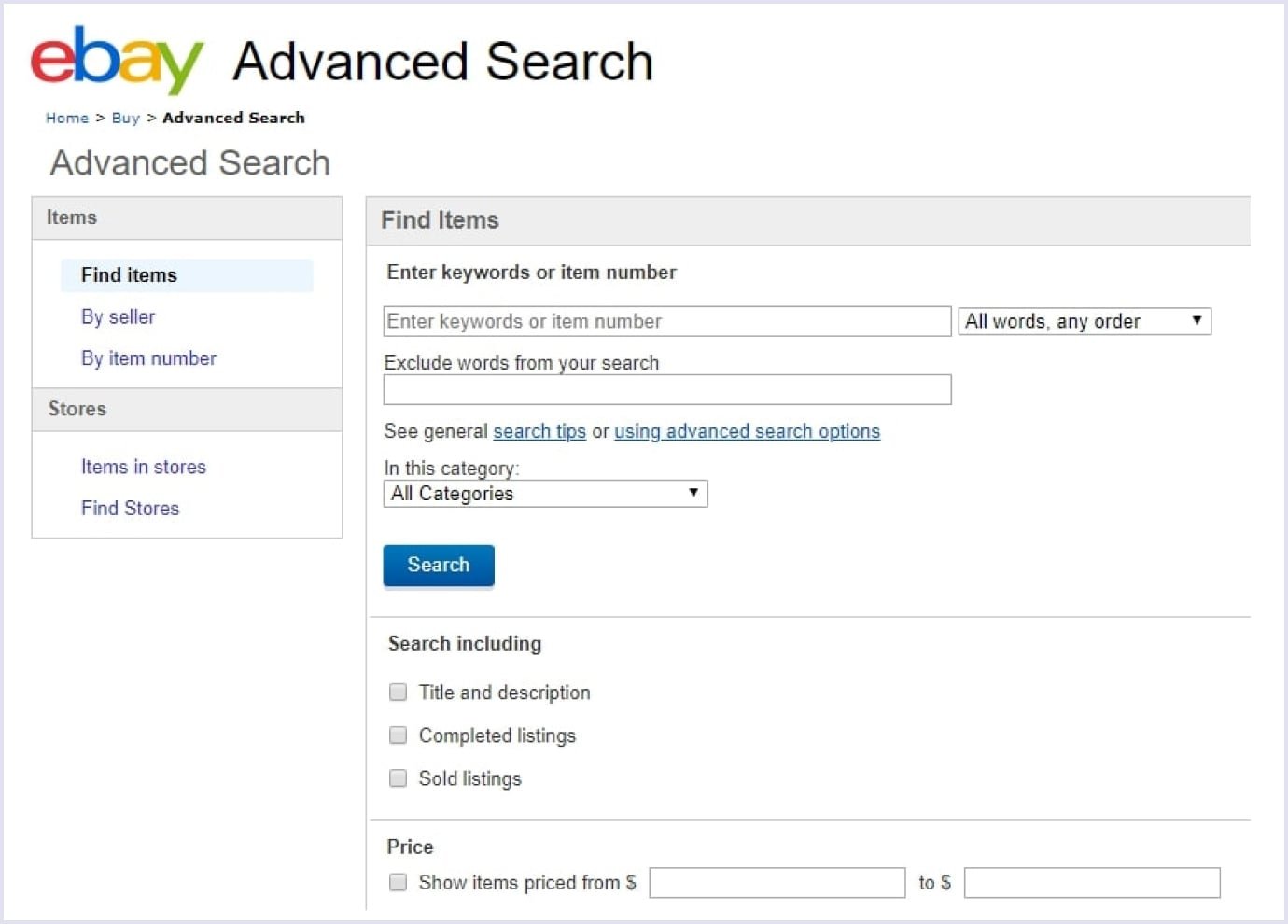
Another powerful marketplace website feature is predictive search. This is a dropdown of autosuggestions that appear as consumers type their inquiries in the search bar.
With this feature for the B2B marketplace or other selling platforms, users no longer need to browse a long list of irrelevant items. They can discover the required item in mere seconds.
Here’s the predictive search function on Amazon:
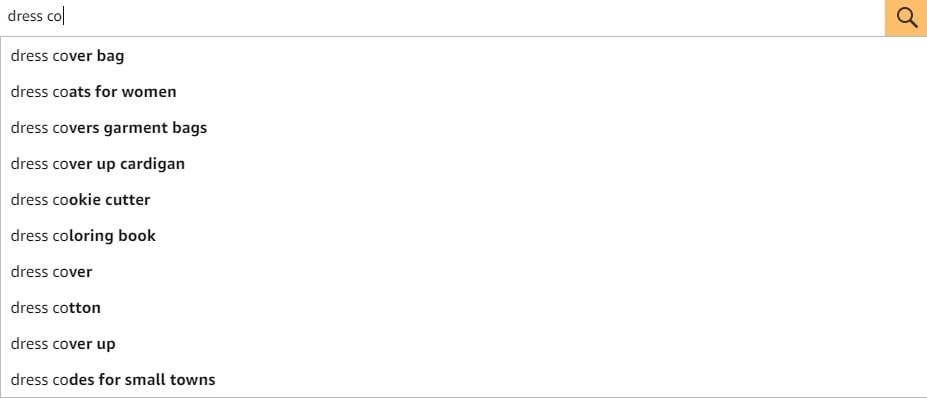
Moreover, marketplaces leverage semantic search powered by artificial intelligence (AI). For example, Walmart launched Generative AI that transforms the search experience for shoppers. Instead of typing exact words, you can enter a search prompt in your natural language: ‘‘Help me plan a watch football party.” And you get product suggestions on your topic. It’s a new feature available on Apple devices and is one of Walmart’s many planned service improvements with AI.
Filters
Multiple filters enable customers to sort through a large number of goods to find the required item. Business2Community states that this marketplace feature can increase conversions by up to 26%. Given these figures, it seems reasonable to narrow the search results to meet your customers’ demands.
For example, it would be a good idea to add category filters. They will help shoppers with unclear preferences or little knowledge of a required product buy the right item.
It is worth mentioning that this marketplace website feature is doing a great job in search engine optimization. If SEO filters help users navigate your ecommerce platform, Google will notice it. As a result, your marketplace for professional services or products will get better visibility in search results. It means more customers may want to visit your online marketplace.
Filter attributes can change depending on the product category. For example, if you sell clothes, you can use the following criteria:
- Size;
- Color;
- Type;
- Location;
- Price.
Allow users to use several filters at the same time to get more precise results.
For example, price and location play important roles when booking a hotel room. On Booking.com, we can see key filters for people traveling for work or leisure.
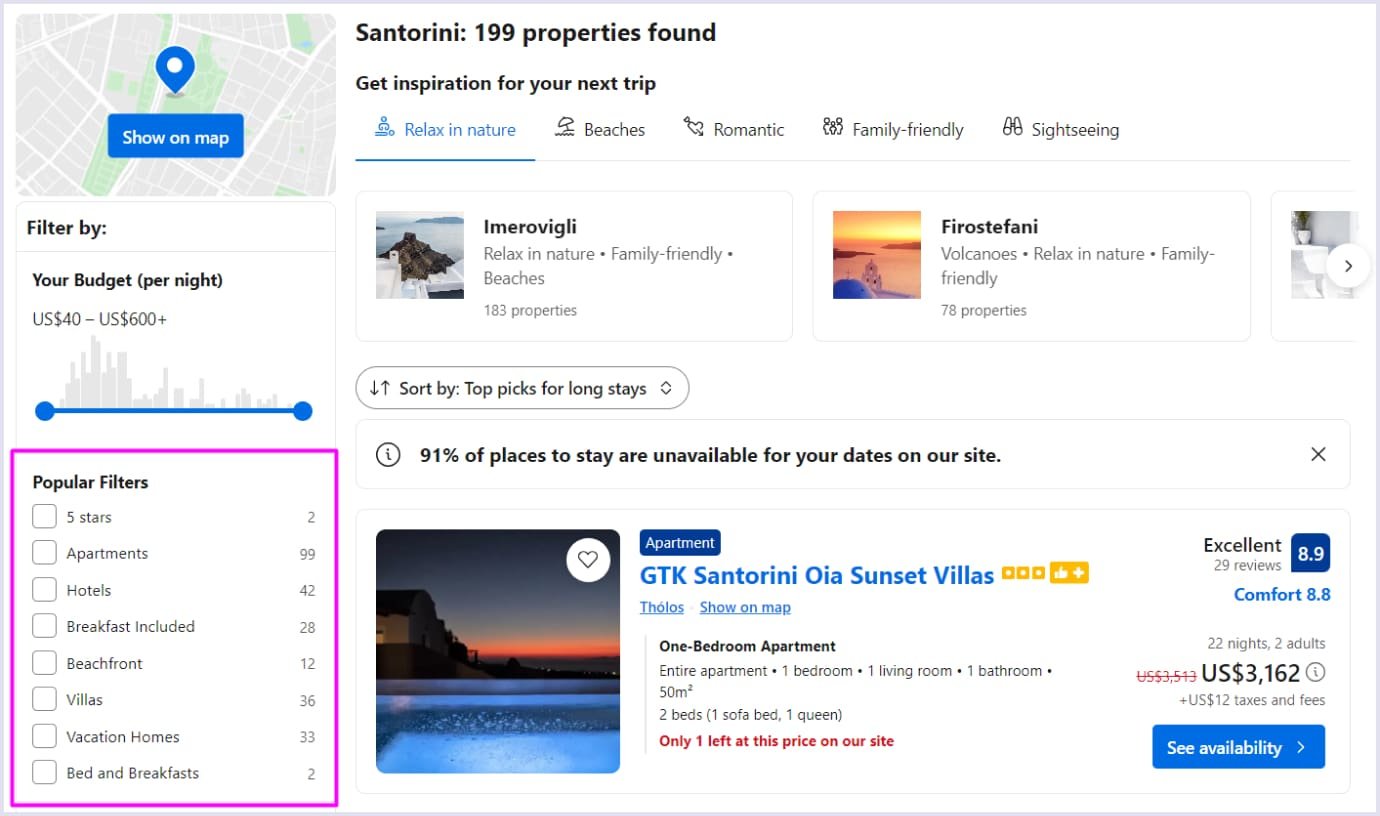
3. High-quality product information
Quite obviously, a product page is one of the most visited places on your platform. It allows consumers to learn more about goods, their descriptions, and more. Make this page as engaging and satisfying as possible. The most visible elements of the product page are the images and descriptions of items.
Images
Attract buyers by offering them high-quality, real photos only. Moreover, you can offer them an overview video. It dramatically increases the customers' level of trust and boosts their user experience.
For example, Asos perfectly implements these features, allowing its customers to evaluate the product via images and video fully. Thus, the company makes sure shoppers’ choice is entirely reasonable.
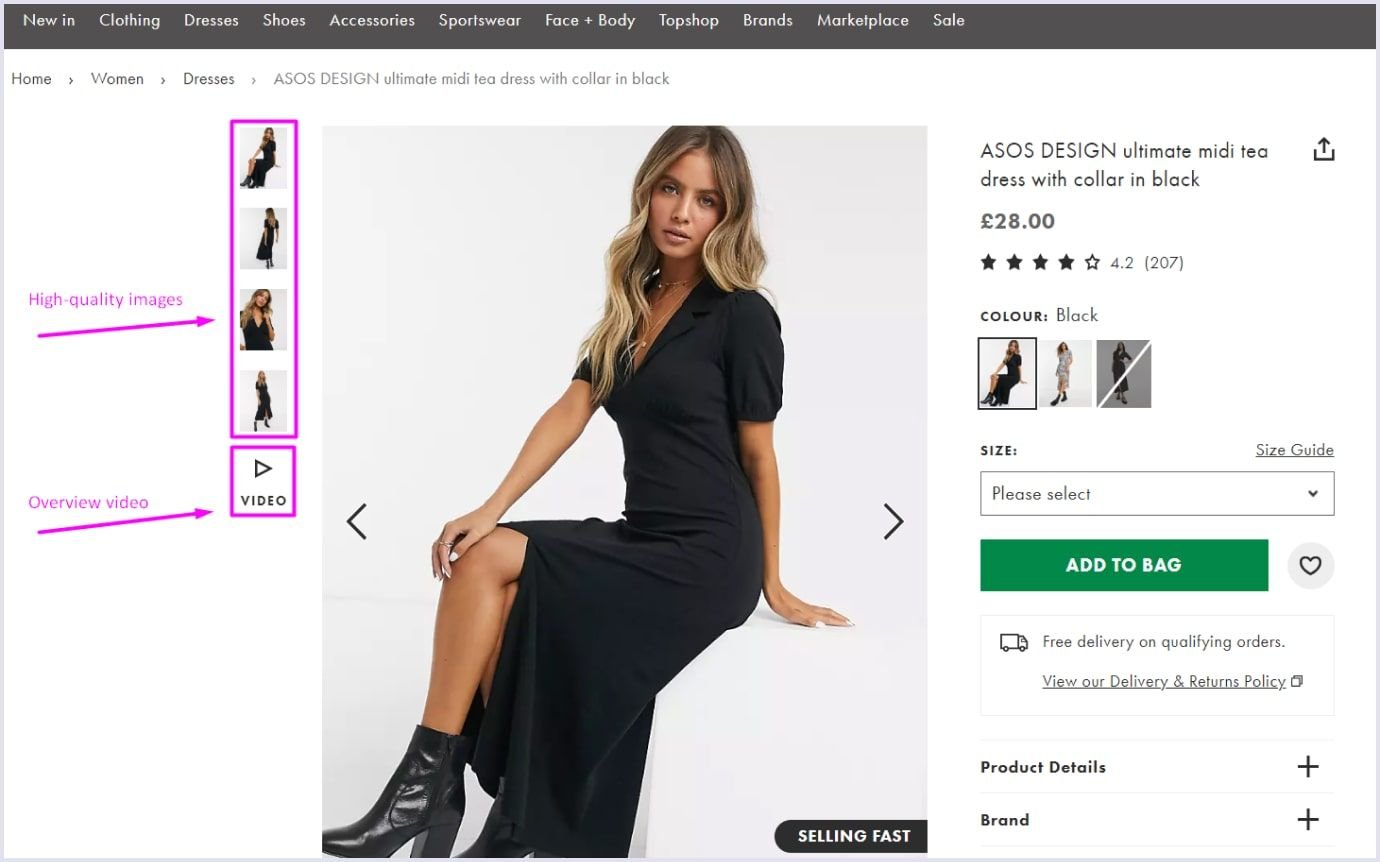
Description
Online marketplace platform owners may underestimate the importance of product descriptions. However, this can be a huge mistake. First, consumers pay attention to the images, as their visual perception is much higher. Second, they turn to the product description, where all the essential details are described.
Thus, this section should be as informative and precise as possible. The Arrow multi-vendor marketplace is the perfect example of providing buyers with the fullest specification of goods possible.

4. Easy download and booking process
Marketplace features for digital products facilitate convenient downloading and booking. Such marketplaces offer software, ebooks, digital courses, event tickets, and rental services. Also, users can select options, add-ons, and configurations.
When users checkout, send them confirmation of the purchase or booking on your product or service marketplace. Also, provide them with help to download or access software or booking.
5. Adding options for social media sharing
Enabling customers with social sharing makes your marketplace more engaging, drives sales, and attracts more shoppers. How can you leverage social media sharing for your best? Check the following tips:
- Include social media buttons on product pages;
- Keep a floating share bar that is visible when scrolling down pages on your marketplace;
- Integrate social media sharing in the checkout process;
- Provide email sharing option;
- Offer incentives for social media sharing, such as discounts, rewards, or giveaways.
Moreover, you can include notifications and tracking social media sharing in your product or service marketplace. Thus, you will gain insights into people’s experiences, which will help you plan sales and monitor channels with the highest interest in your marketplace.

6. Helpful shopping cart page
Inconvenient or complicated checkout is a common reason customers leave your ecommerce website. Therefore, you need to optimize this process to reduce the abandonment rate.
A streamlined shopping cart page is crucial for a positive buying experience and increasing conversion rates. Follow the tips below to elevate online sales on your horizontal or vertical marketplace.
When planning this marketplace feature, remember that it should include several aspects. It is not enough to display the number of items only. Your shopping cart should also include the following properties:
- Displaying shipping type, free or paid;
- Removing an item;
- Changing the number of items;
- Adding notes to an order.
When you proceed to the shopping cart on Etsy, you can see all the order details mentioned above. In such a way, the brand makes the whole purchasing process visible and transparent.

7. Guest checkout as a marketplace feature
According to SaleCycle, 23% of customers gave up purchasing because they were forced to register an account first.
Given that, it would be wise to add a guest checkout option to your online marketplace design. Allow users to enter their email address only and continue checkout. Thus, they will provide their payment details more quickly and make a purchase much faster on your products or service marketplace.
After shoppers make a purchase, you can offer them to sign up. After registration, their payment details will be cached, and shoppers will not have to enter them again when they come back for repeat purchases.
8. Multiple payment gateways
In 2024, there is a great variety of methods to pay for the item needed. So, why not give your customers the option to choose?
Among the most widely used ways are:
- PayPal;
- Stripe;
- Shopify Payments;
- Amazon Pay;
- Braintree;
- WePay, and others.
Amazon is noted for many payment methods, including Amazon Pay. The Internet giant allows users to choose the most convenient way.
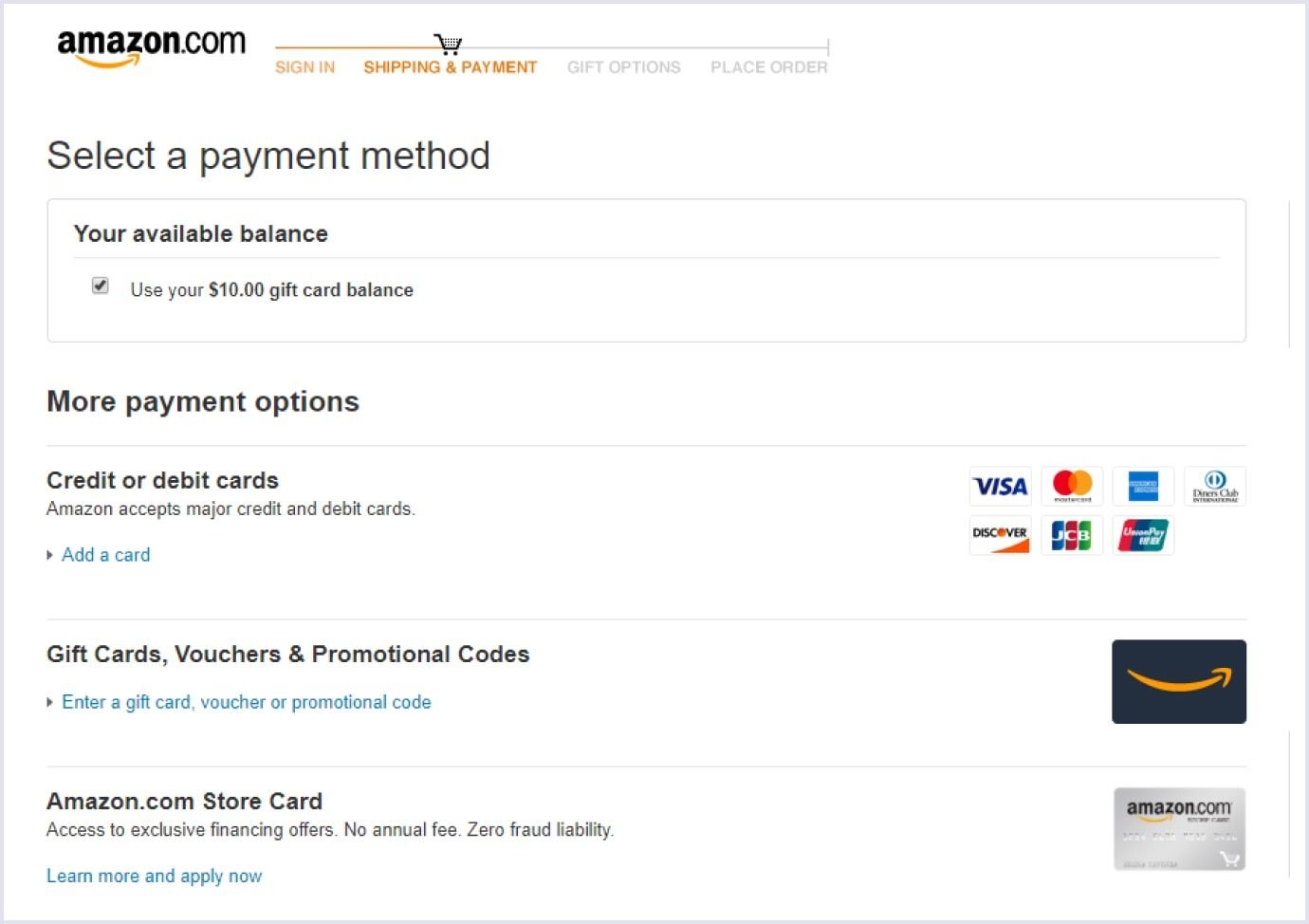
However, people from various countries, states, and regions may have different payment preferences. We recommend starting with one or two of the most widely used payment gateways. You can always add new options when needed.
9. Mobile shopping and checkout UX
Using smartphones for online shopping has become a common practice. That is why mobile-first design for your marketplace will take your business to a new level. So, make sure that mobile shopping and checkout processes are convenient for your customers.
Here are some tips on crucial details in mobile UX (user experience). Because of small screens, accidental clicks can cause many issues, for example, the fields may be reset. As a result, users may feel disappointed because they have to type their order details repeatedly. Therefore, this risk should be minimized in your marketplace startup or established platform.
The right way to avoid this issue is to fit form fields and calls to action to the correct size.
Besides, you should ensure that there is enough space between fields and links. This will reduce the chances of users typing their order details in the wrong field.
10. Secured transactions and data storage
There is one more thing you should take into account when building your C2C, B2B, or B2C marketplace. All information about pages, content, credit cards, and transactions should be protected. Today, technologies offer comprehensive authentication, encryption, and backup approaches to ensure secure data processing.
Also, following personal data protection standards is a must. For example, marketplaces follow GDPR (General Data Protection Regulation) in Europe and CCPA (California Consumer Privacy Act) in the USA.
At Codica, we advise you to develop online marketplaces relying on DevOps services. Thanks to the robust security technologies our DevOps engineers use, selling and buying in your online marketplace is safe and sound.
Related reading: DevOps Security: Challenges and Best Practices
11. Reviews and ratings
We choose products and services our friends or family recommend to us. At least, we will highlight those choices above other options. So, adding ratings and reviews from shoppers will give your platform a personal and helpful touch.
When adding this marketplace website feature, consider providing positive and negative reviews in yourecommerce marketplace solution. This way, customers will get a comprehensive outlook and see your platform as an unbiased source of information.
For example, Shopee provides customers several parameters to comment on and assess the review's helpfulness.
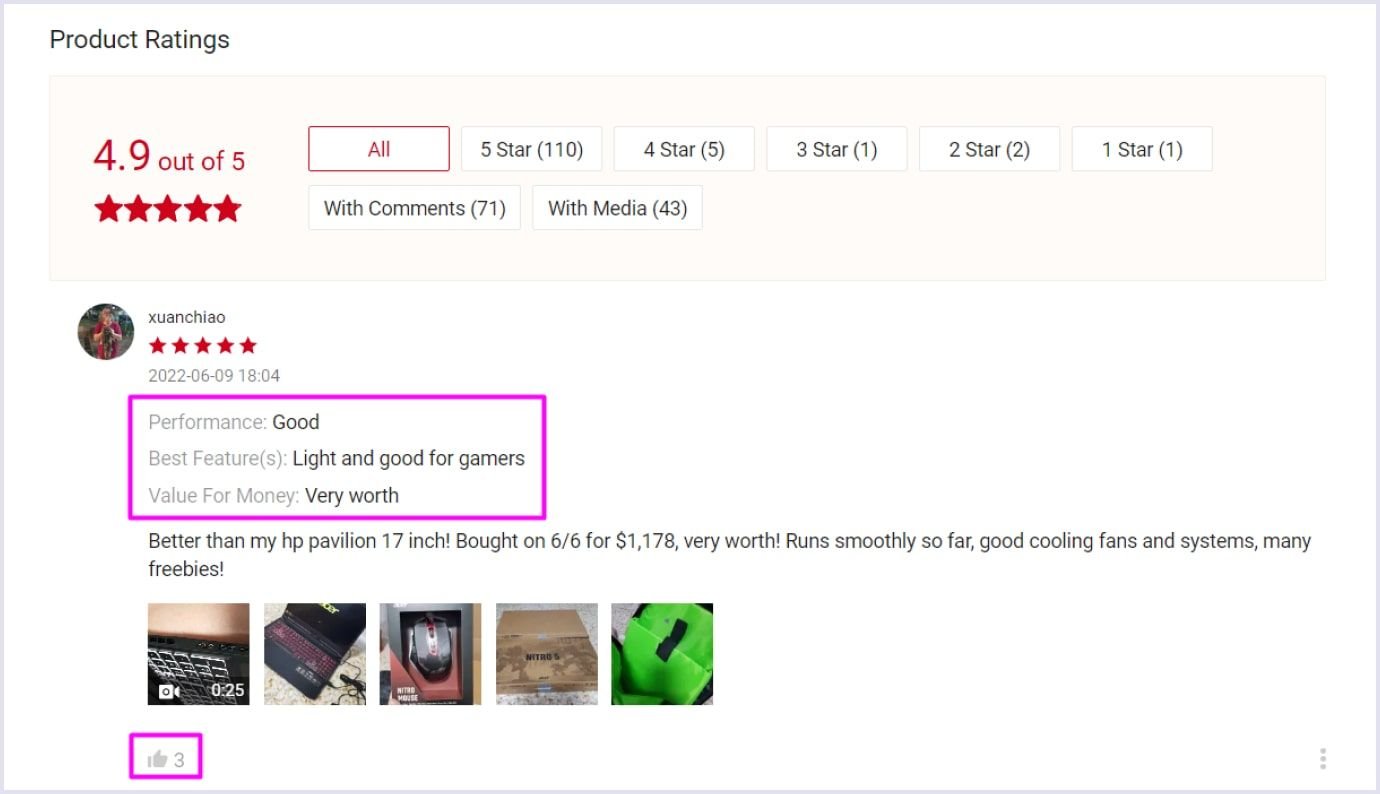
12. Reliable order processing and tracking
Proper order placing, processing, and fulfillment benefits shoppers, sellers, and you. Enable buyers to view their order status to know when to expect delivery. You can include order updates and send relevant notifications to shoppers.
Also, include sellers’ order features for a multi-vendor B2B marketplace. Sellers who manage order processing on your platform can accept orders, generate invoices, and track shipping. Also, sellers can see if their stock is sufficient and keep it in just the right amount without under or overstocking.
13. Chatbots
Customers want to get the details quickly when looking for a product or service. That’s when instant messaging comes to the rescue. This marketplace feature can help you create a long-lasting relationship with your customers. As a result, you will profit more from repeat purchases and increase your customers' loyalty as your marketplace benefits.
Chatbots communicate with shoppers via your platform interface. Staying always online, they provide customers with speedy solutions and answers. That is what your users expect to receive swift answers when asking a question.
Chatbots have become an online marketplace trend. So, ecommerce companies actively use them on their platforms. Basically, this marketplace website feature performs the following functions:
- Offer customer support;
- Send shoppers product recommendations;
- Complete the purchasing process.
The example below shows how Clora implemented the chatbot technology. It is a niche B2B platform that connects job seekers in life science sectors with the right staff opportunities.
The chatbot offers frequently asked options, sending messages to a support team, and a help section with self-service. It hides in a small icon so viewers can open it if they need to, without being distracted.
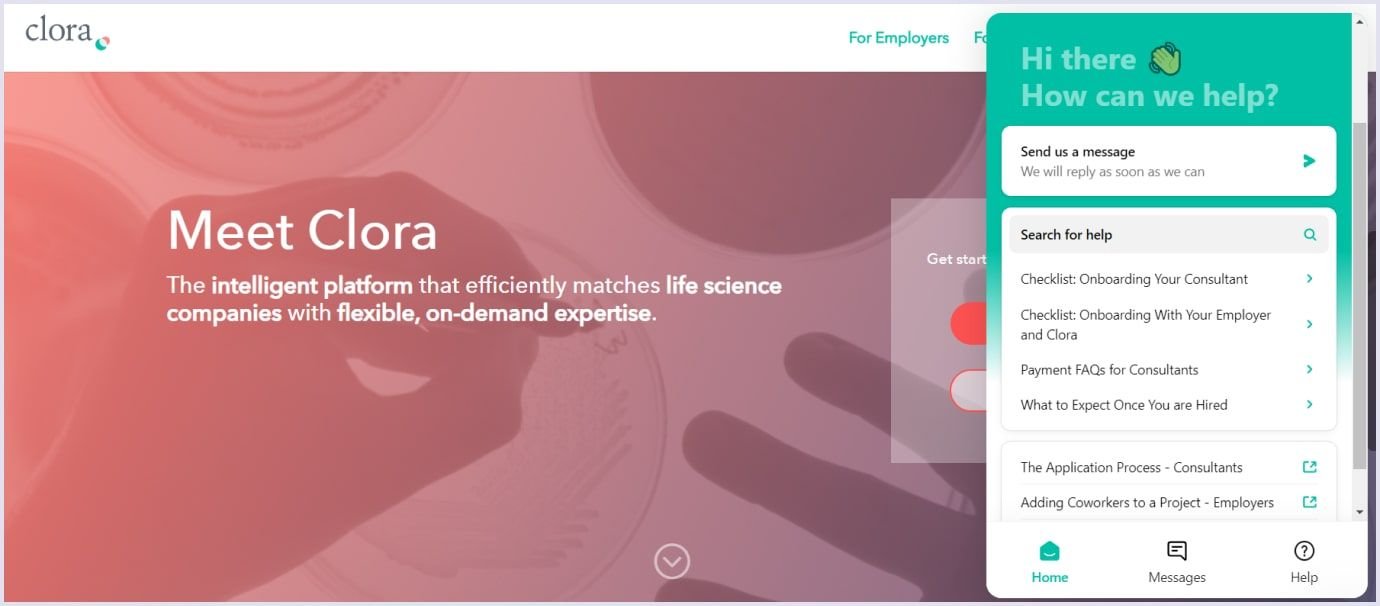
14. Customizable delivery options
Buyers' expectations about the quality and price of shipping services are constantly growing. For example, even if the delivery is free, buyers still expect to receive their order at a moment’s notice.
This means you should thoroughly consider how goods will be delivered to your shoppers and which marketplace integrations to use for that. Otherwise, all your efforts to offer customers a seamless user experience will come to naught.
There are several rules on how to make delivery convenient for your shoppers:
- Allow users to track their orders online. Let them know the expected delivery time;
- Provide excellent customer support if they face users with their orders. Always keep them updated;
- Send shoppers SMS notifications and email updates for excepted delivery slots.
For example, when creating an online marketplace for collectibles, we added the shipping aggregator. Thanks to it, sellers can generate shipping orders online and track their statuses.
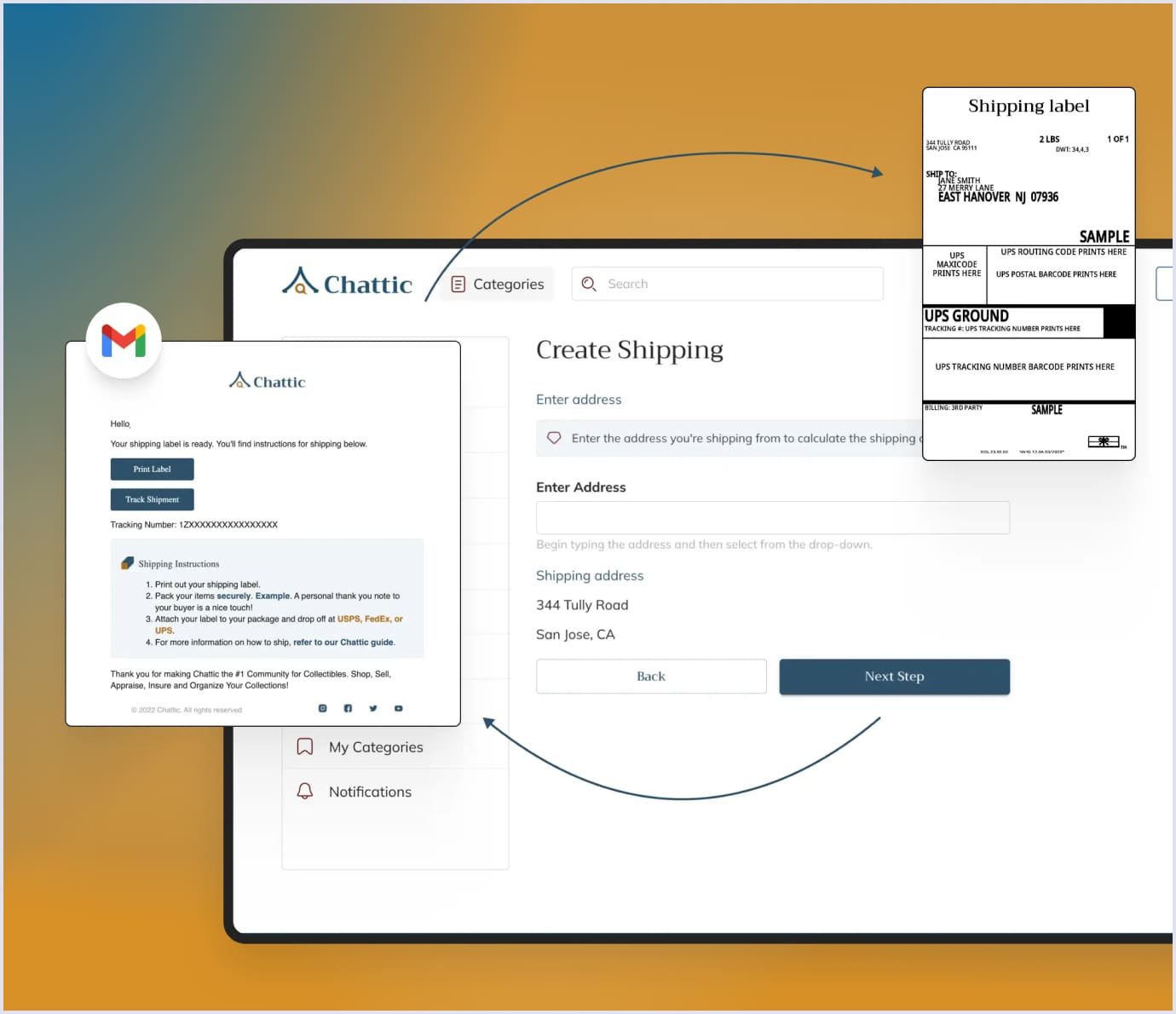
15. Detailed analytics dashboard
As an owner, you need insights into crucial metrics and processes of your marketplace to keep it running. That is why a detailed analytics dashboard is your reliable ally in online or multi-vendor marketplace development.
The dashboard helps you track user engagement, conversion rates, customer behavior, and referral resources. Also, the marketplace dashboard reveals which seller and product perform best and what are your revenue sources.

16. Advanced vendor dashboard
If your marketplace is a multi-vendor marketplace, a vendor dashboard is a helpful feature. It empowers sellers to manage their inventory, handle orders, communicate with shoppers, and track their commissions and revenue.
Whether you select features for a multi-vendor B2B marketplace, B2C, or C2C platform, a vendor dashboard is necessary. Providing reports and analytics helps sellers build their selling, marketing, and customer support strategies. Thus, you will give sellers significant value, benefitting your marketplace’s growth.
For example, we implemented an advanced dashboard for sellers in an online marketplace for boats. The dashboard helps sellers understand where their ads perform well and adjust their sales and marketing as needed.

Summing up
The article covers the most critical marketplace features for buyers to implement on your online marketplace. This functionality will make your ecommerce platform more convenient for your buyers and, consequently, more profitable.
Make an effort to understand your consumers’ behavior and needs. It will help you select the needed marketplace features and deliver a top-notch user experience. As a result, satisfied shoppers will reward you with repeat purchases.
Codica knows everything about successful online marketplace development. If you have any questions, contact us. We will gladly consult you on your product.
